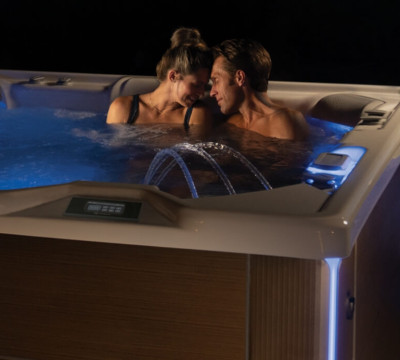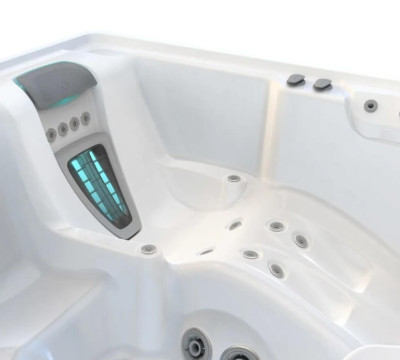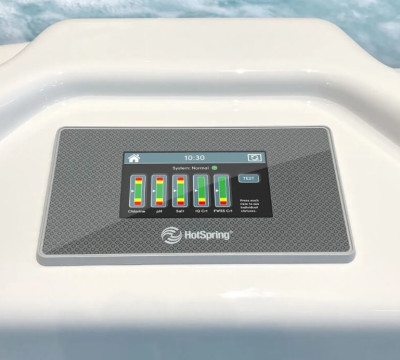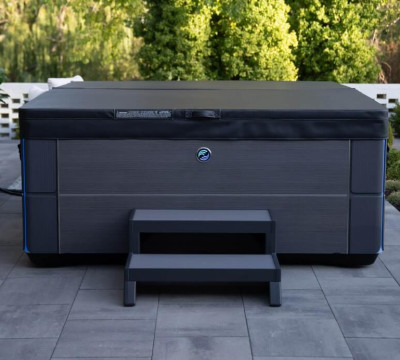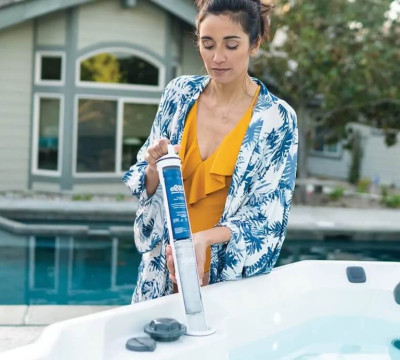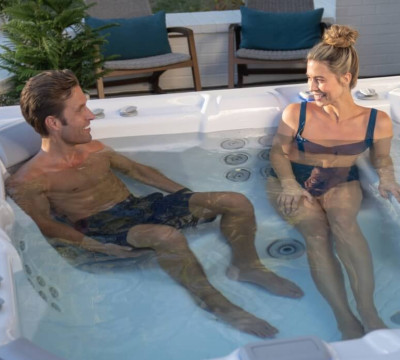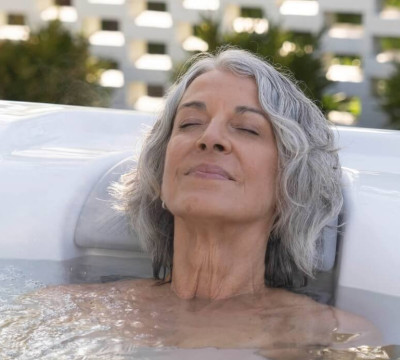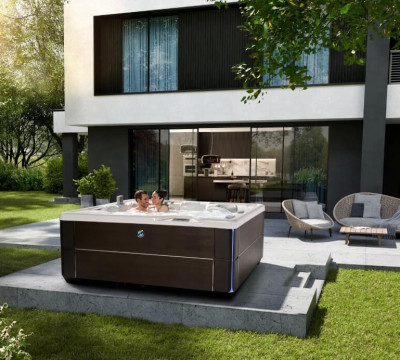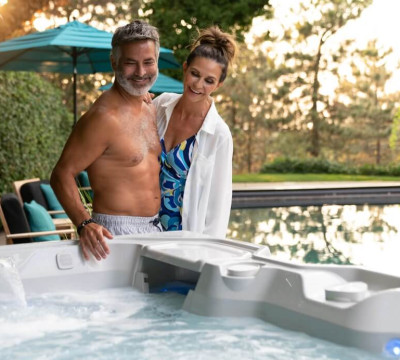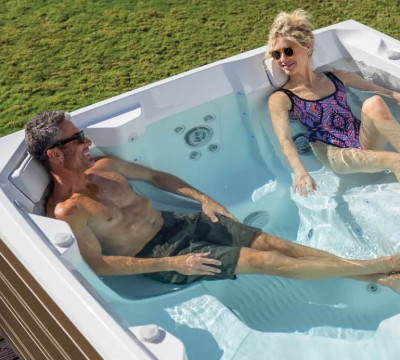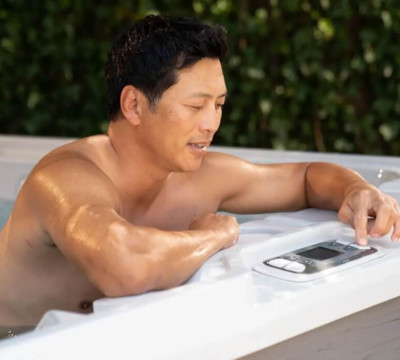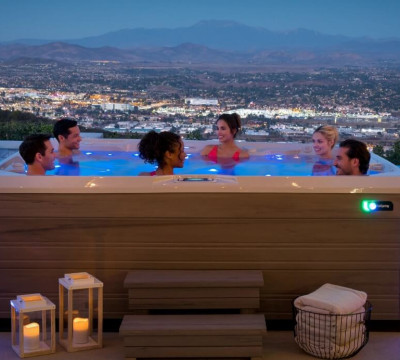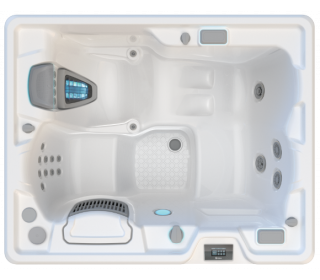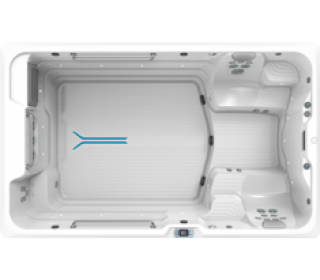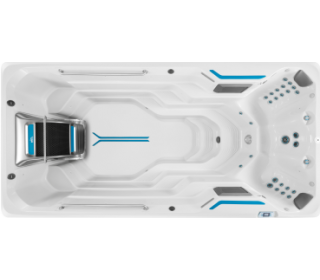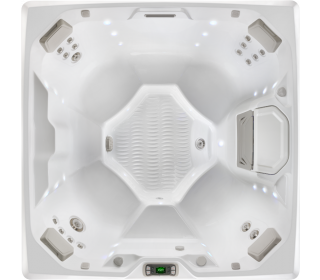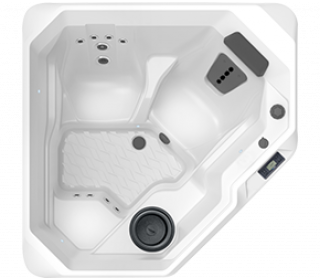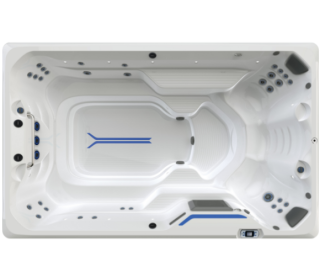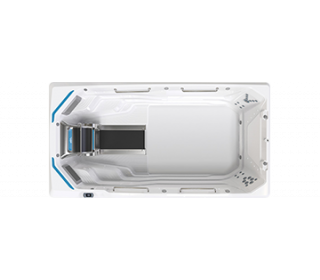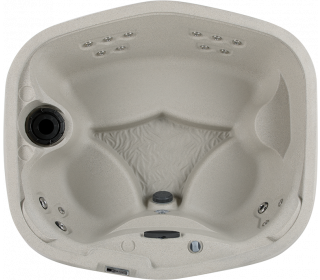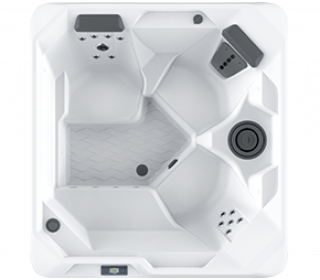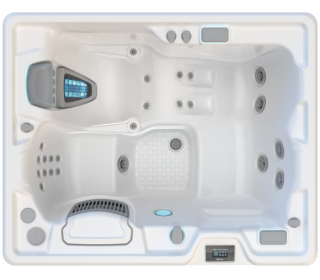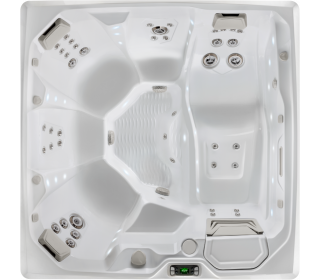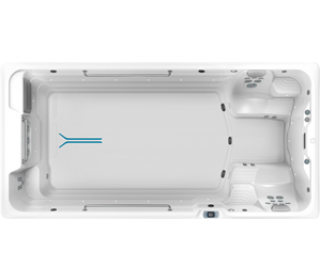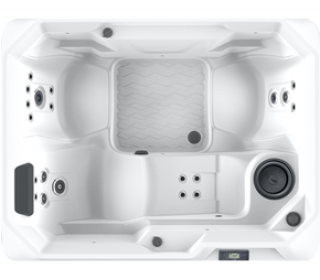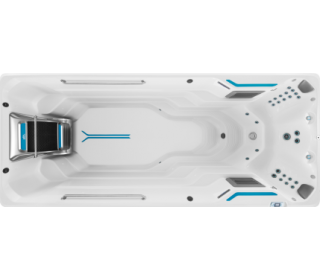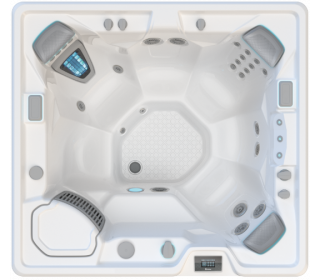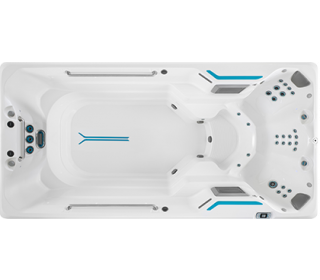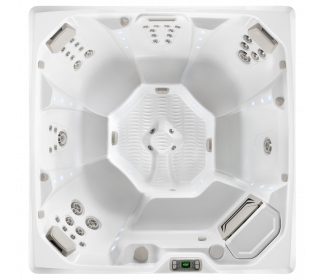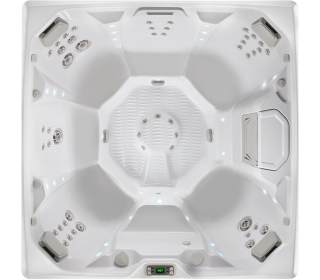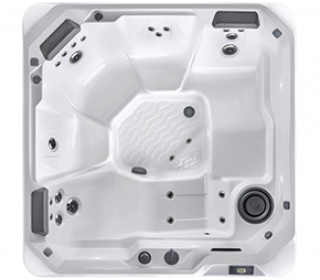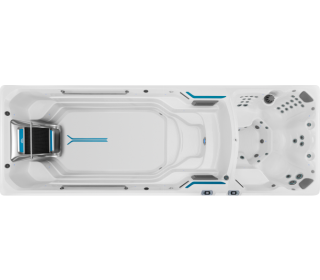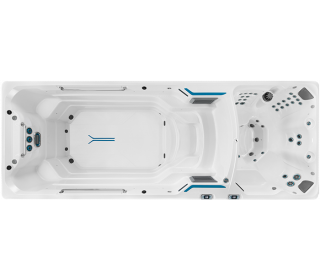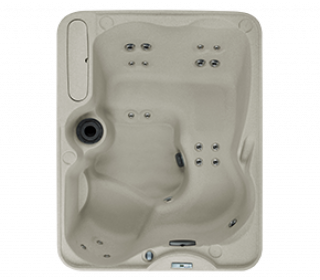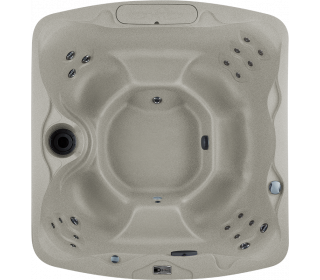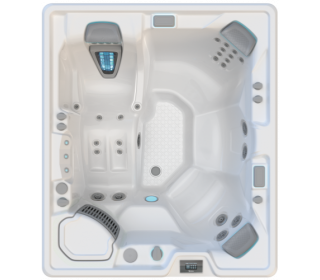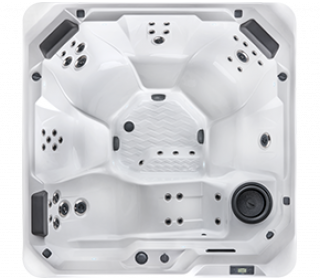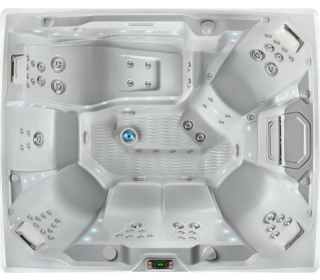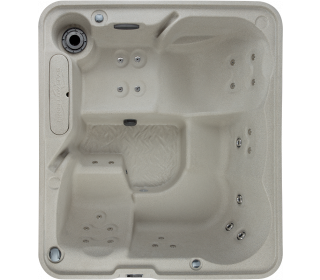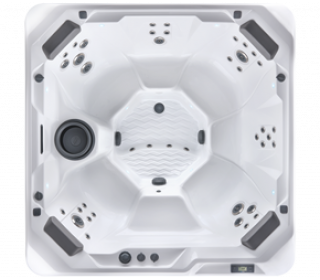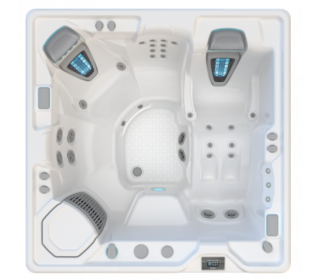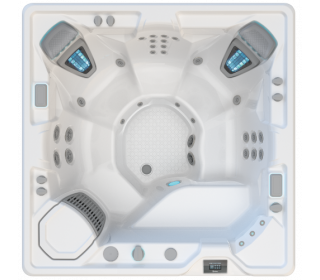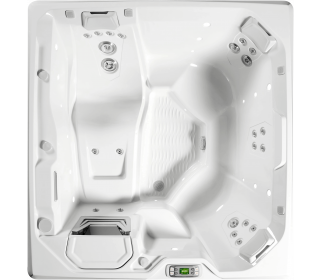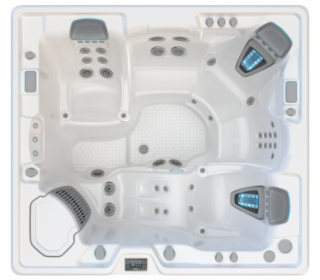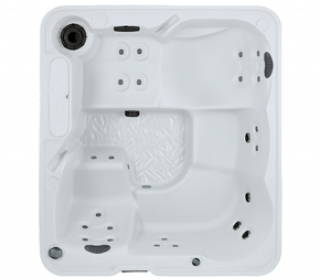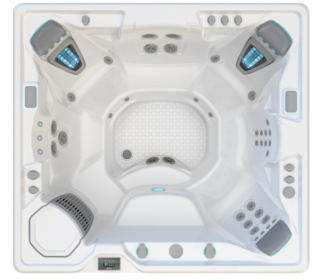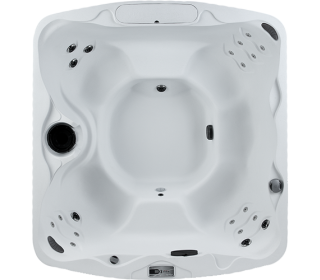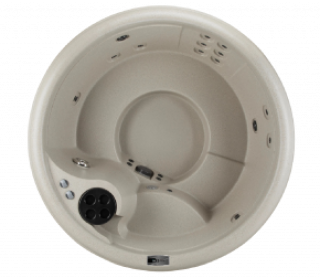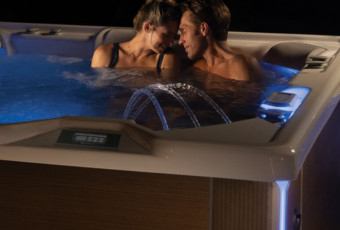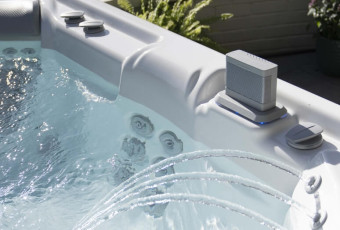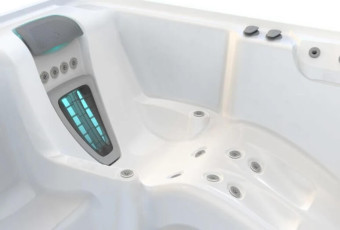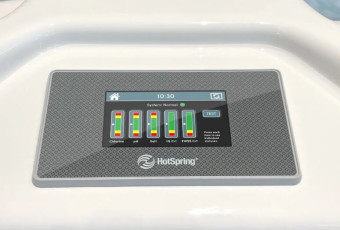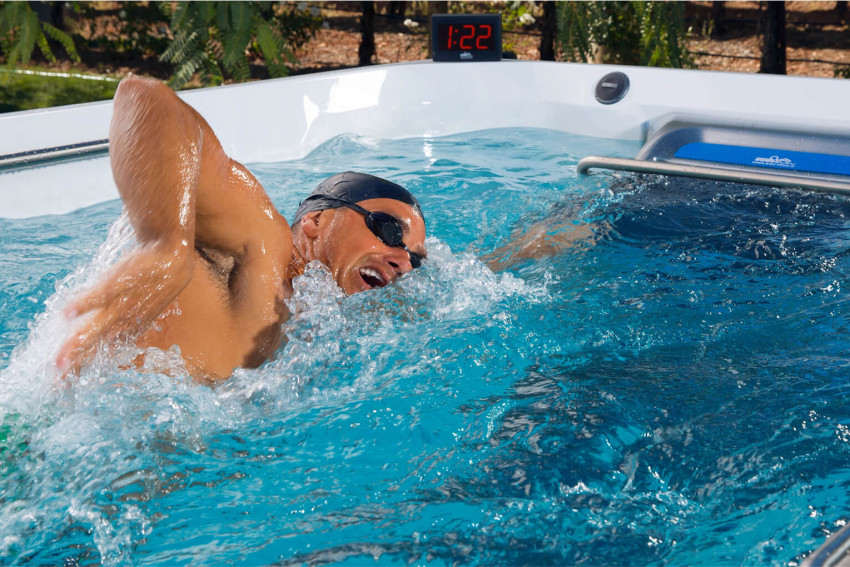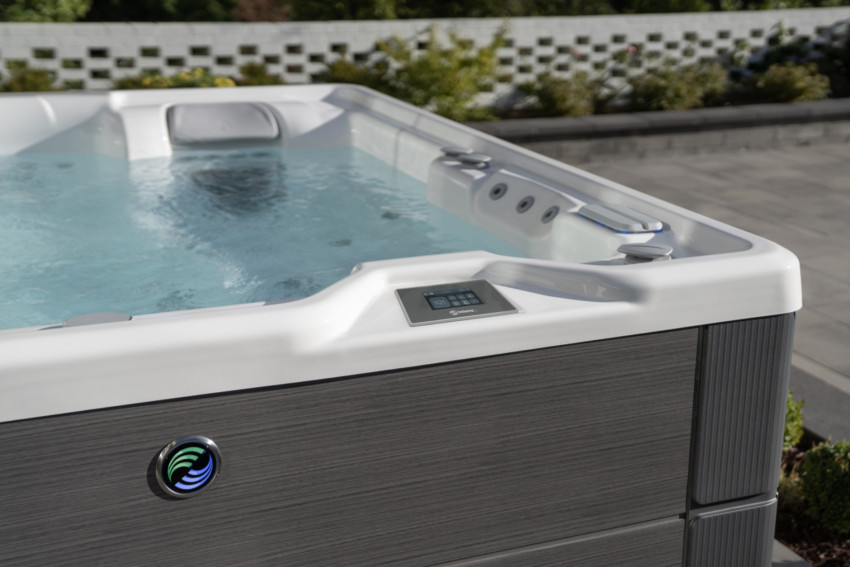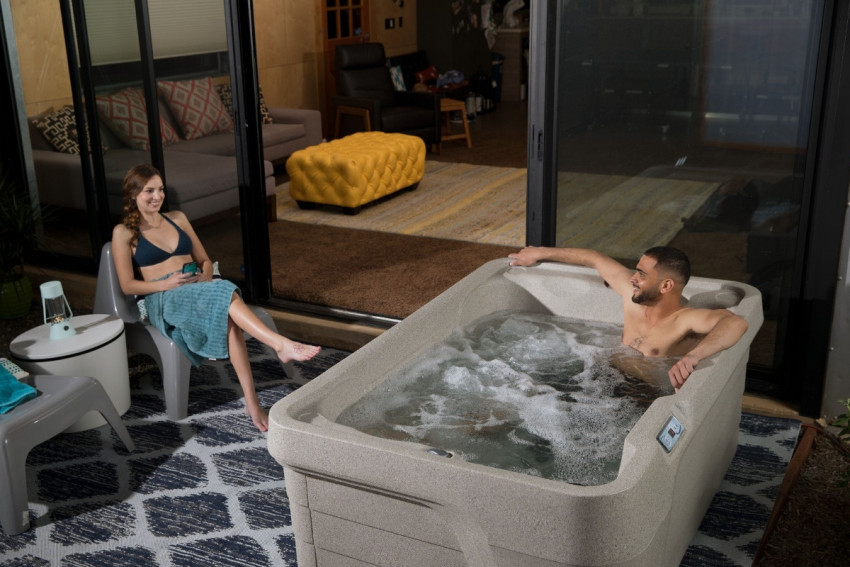Chlorine is an essential part of the spa pool experience when it comes to cleanliness and sanitation.
Add 1.5 teaspoons of chlorine granules for every 1,000 litres of water in your spa pool. The goal is to get the chlorine level in the water to be between 3-5 ppm for maximum safety.
Chlorine is what keeps your spa pool free from bacteria and other materials and helps make your spa pool a safe place to soak every time. Getting the correct level of chlorine in a spa pool is crucial to keeping it clean and safe.
Why do spa pools need chlorine?
Because the water is warm, spa pools can end up having more bacteria and gunk than you might initially realise.
Spa pools can accumulate skin and hair products, body oils, lotions, dirt, debris and other unwanted particles over time.
There are three ways to prevent bacteria leading to an unpleasant spa pool experience:
- Adding chlorine granules and maintaining the right level of chlorine
- Periodically cleaning and replacing filters
- Routine draining and cleaning of the spa pool itself using spa chemicals and other household cleaning supplies
Chlorine plays a vital role because it’s what keeps spa water free from accumulating bacteria on a day-to-day basis. It’s one of the most effective chemical products out there and works together with the filters to keep your spa pool clean.
Chlorine granules are a popular choice since they dissolve easily. It can be used to shock dose a spa.
How much chlorine granules should be added to the spa pool?
Chlorine granules raise chlorine levels much faster than chlorine tablets, so getting the dose right is crucial. Granules are sprinkled directly into the water, so the process is relatively easy.
With the jets on full, add the chlorine directly to the filter compartment in your spa pool, but keep the granules away from the surface of the spa pool as they can cause damage to the acrylic of the spa shell. The water should also be above 20°C to avoid any risk of damage.
If you’re not sure about the water temperature, you can pre-dissolve the chlorine granules to avoid any risks or causing any damage, especially if you have just filled your spa pool with fresh water.
Add some water to a plastic bucket and then mix in the chlorine granules. Once they have dissolved, you can add the pre-dissolved chlorine to your spa pool. It’s best to distribute the water closer to spa pool pumps and inlets so that the chlorine can mix with the water faster. Ensure that jets are on full.
Because chlorine granules dissolve quickly and increase the chlorine level, knowing the volume of water your spa pool contains is very important. Once you know how many litres your spa pool holds, you can add the amount of chlorine granules.
To dose on a weekly basis, the general ratio is around 1.5 teaspoon of chlorine per 1,000 litres of water to achieve 3-5 ppm of chlorine. After every use, it’s recommended to use ½ teaspoon as a supplement to maintain sanitation, particularly if the spa is being used frequently. If required, you can also shock dose once a week with ½ teaspoon of chlorine granules and do water testing to ensure the right chlorine levels.
If you have doubts about how much chlorine granules to add, go slow!
Too much chlorine isn’t good for spa pools, so it’s better not to overdose. You can add chlorine granules slowly, let them dissolve, and then measure chlorine levels to get to the right level.
How often do I need to add chlorine granules to spa pools?
The amount of chlorine granules added and the frequency will depend on your usage. ‘Shocking’ the water with chlorine should be done at least once a week or more, depending on how much the spa pool is used.
The term shocking essentially refers to adding a bit of chlorine to mix with any bacteria or oil in the water.
Once it combines, you can add a higher amount of chlorine to get rid of the mixture you’ve created - effectively killing the bacteria. Doing so also helps ensure that your spa pool has balanced water.
Add small amounts of chlorine between shocking to keep levels safe. You should aim for chlorine levels to be between 3 - 5 ppm.
For FreshWater® Salt System, make sure to test chlorine regularly and adjust the Output Level as needed. Concentrated chlorinating granules or liquid chlorine can also be added to as a supplement.
Test the water using a test strip to monitor chlorine levels and adjust it as needed.
Adding chlorine granules to your spa pool keeps it safe and ready to use any time! Keeping an eye on chlorine levels is very important for overall health and safety. The more a spa is used, the more chlorine products you’ll likely need to add to it.
Having a consistent schedule to monitor chlorine levels, the filtration system and draining the spa pool and replacing it with fresh water should all be part of overall maintenance.
The Hot Spring Highlife collection comes with the option of the FreshWater Salt System which generates natural chlorine using pharmaceutical grade salt that effectively and conveniently sanitises the spa water. Water is beautifully luxurious and soft with ultra low residues of chlorine operating at 1ppm, similar to your drinking water.

What happens if my spa pool has too much chlorine in it?
In the case of chlorine, you can have too much of a good thing. Not enough chlorine will result in a far less comfortable and potentially dangerous soak, and the same can be said for too much chlorine.
The waters of an over-chlorinated spa pool will be too alkaline. This alkalinity will first announce itself with a pungent bleachy smell, but if you wade into the waters you may also experience:
- Dry, itchy and irritable skin
- Dry, discoloured hair
- Rashes and hives
- Eye irritation
- Coughing
- Throat and lung irritation
- Asthma
The good news is these reactions are just that – reactions – and will generally wear off as soon as you step out of the over-chlorinated water.
How can too much chlorine damage my spa pool?
Unfortunately the effects of over-chlorination extend beyond itches and irritation. Chlorine acts as a corrosive when concentrated, so too much chlorine can do real damage to your spa by eating away at the shell, jets and internal piping and machinery.
Exposed metal is most at risk when there’s too much chlorine in a spa. While spa pools made from high quality materials (like Hot Spring swim machines) are better protected against too much chlorine, that extra protection only goes so far. If you want to keep enjoying your spa pool for years or even decades to come, it’s wise to be very careful when adding spa pool or swim spa chlorine granules.
How to lower chlorine levels in a hot tub or spa pool
Let’s say that for whatever reason – a mistake in your calculations, miscommunication with a partner, an accidental spill – there is now too much chlorine in your spa pool. What can you do to reduce the concentration? Happily there are a few ways to deal with this issue:
- Expose to sunlight: Chlorine degrades, so the concentration will lower naturally over time, but one of the most effective ways to speed up this breakdown is with simple sunlight, so leave the cover off.
- Turn on the heater: Bacteria multiply faster in warm environments. By turning your heater and giving bacteria its favourite conditions, more chlorine will be used to neutralise the growing surge of invaders. Keep in mind that if you use this method you’ll need to keep a close eye on your spa pool to ensure bacteria doesn’t win the battle.
- Dilute: Partially draining your spa pool and adding fresh water will dilute the amount of chlorine in your spa. Only in the most serious of circumstances will you need to completely drain and refill.
- Add chlorine neutraliser: The most efficient and effective way to reduce the concentration of chlorine in your spa pool is with a purpose-built chlorine neutraliser compound. Simply add the chemical to your water per the instructions on the packet, and your water will soon be ready to soak!
What does chlorine do to the pH level?
The water in your spa pool should have a certain pH level to be safe. The pH level describes how acidic your spa water is. You want to keep it in the right range so it remains safe for soaking.
The pH scales ranges from 0 to 14 with 7 being the neutral point. Measure below 7 means your spa water is too acidic. For chlorine to be its most effective, the pH level should fall within 7 and 8 with the ideal reading being 7.4. This is the same pH level as human tears.
Adding chlorine granules to your spa pool water can affect the pH level. It is the hypochlorous acid and hypochlorite ions that cause the change. If the pH level is too high then it means that there is not enough hypochlorous acid present. As this is the faster acting chemical of the two, it can mean the spa cleaning will take a lot longer than it should.
Have questions about spa pool maintenance or need some extra information around the cleaning process? Contact us today or visit a local dealer.


